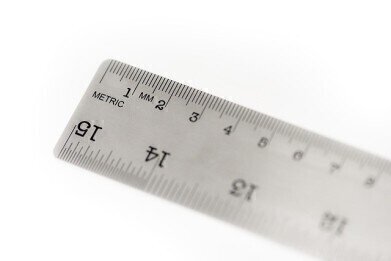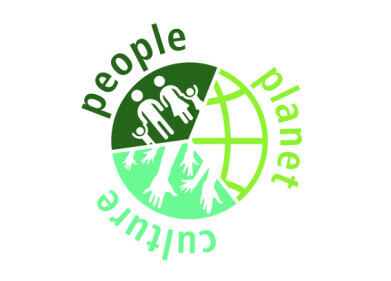Laboratory Products
What is the International System of Units?
Dec 07 2018
First adopted by France in 1795, the metric system is now used by most countries, with the exception of Burma, Liberia and the USA. Now, universality of the international decimal system of weights and measures has been strengthened by a recent decision made by the Bureau International des Poids et Mesure.
In a meeting held in Versailles, the bureau voted unanimously to adopt a revised system known as the International System of Units, or SI. Instead of defining units in terms of a physical object, the new system is based on the fundamental laws of the universe. It's set to come into effect on May 20, 2019 and while the bureau asserts people won't notice the changes, the introduction of the International System of Units is hailed as an "epochal shift" that humanity has been moving towards since the dawn of civilisation.
A short history of SI
Historically, SI stems from seven core quantities which define all measurements. These include the metre, second and kilogram, as well as the kelvin (used to measure temperature), ampere (used to measure electrical current), mole (used to measure the amount of substance of a system) and candela (used to measure luminous intensity).
Under the new system, all seven constants will be redefined as exact single numbers with zero ambiguity. For example, the kilogram will be defined in terms of Planck's Constant, a quantum physics and mechanics key that relates to the energy a photon carries with the frequency of its electromagnetic wave. Redefinition of the kelvin will be in terms of the Boltzmann constant and based on the actual energy of the molecules in a system, as opposed to comparison to a specific temperature, which is also known as the triple point of water.
Bringing clarity to the foundation of measurement
Dr Michael de Podesta, an expert from the National Physical Laboratory explains, “The importance of changing the four units is about the foundation of measurement. Because these standards are used in so many places, we take a very conservative attitude towards changing anything about the way they are defined.” The new International System of Units modernises the approach to measurements and ensures there are no cracks, loopholes or uncertainty.
Metres and kilograms aren't the only things that need total clarity, with unidentified materials and substances also causing concern in a laboratory context. Offering expert commentary from Socotec senior development specialist Paul Walker, 'Characterising Unknowns: Behind the Scenes of Chemical Investigation' explores how the UK's leading provider of testing, inspection and compliance services in Infrastructure & Energy and Environment & Safety helps clients move from the unknown to the known.
Digital Edition
Lab Asia 31.2 April 2024
April 2024
In This Edition Chromatography Articles - Approaches to troubleshooting an SPE method for the analysis of oligonucleotides (pt i) - High-precision liquid flow processes demand full fluidic c...
View all digital editions
Events
Apr 22 2024 Marrakech, Morroco
Making Pharmaceuticals Exhibition & Conference
Apr 23 2024 Coventry, UK
Apr 23 2024 Kintex, South Korea
Apr 23 2024 Seoul, South Korea
Apr 24 2024 Jakarta, Indonesia

.jpg)


.jpg)













